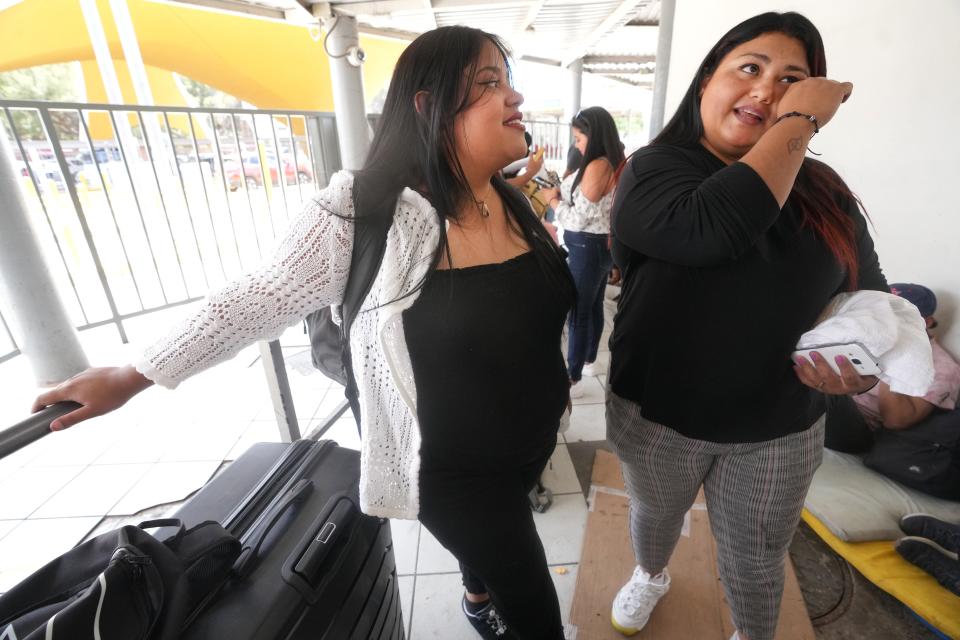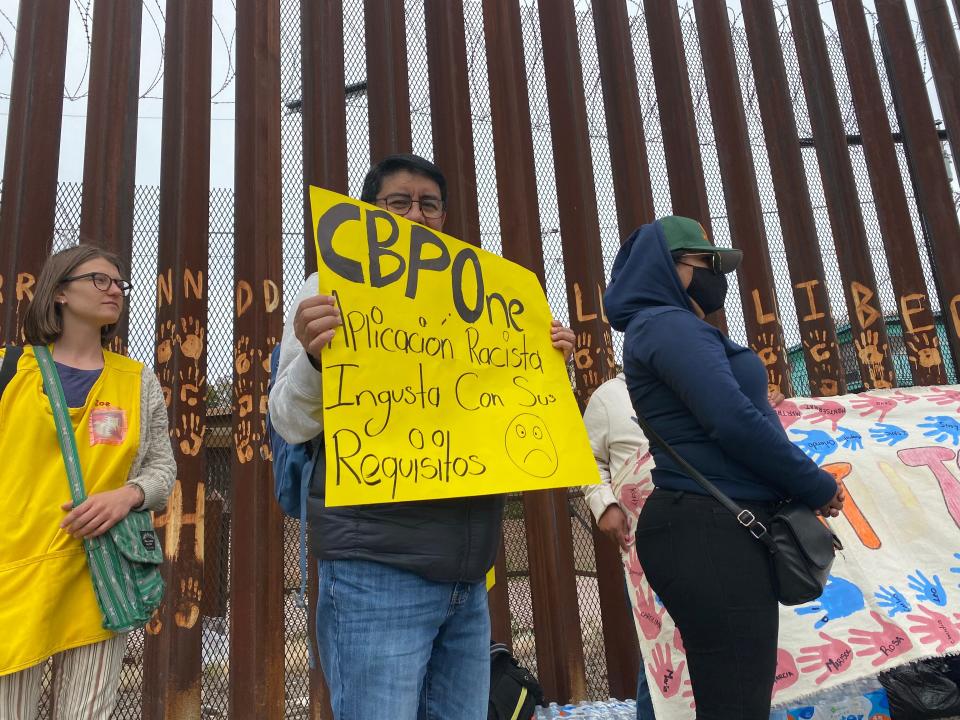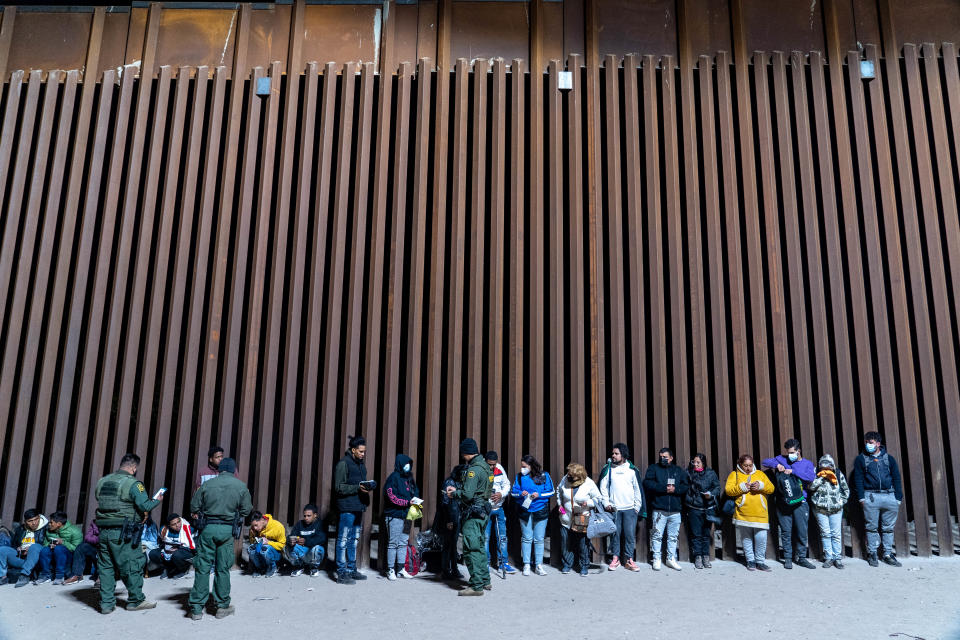Migrants face restricted asylum access at the Arizona-Mexico border after Title 42 lift
It’s been more than a month since the Title 42 border restriction was lifted on May 11. The controversial public health policy was used to rapidly turn back migrants more than 2.8 million times since 2020.
In preparation for the restriction’s demise, the Biden administration enacted new policies meant to function as a “carrot-and-stick” approach to managing migrant encounters at the U.S.-Mexico border.
Now, asylum seekers must navigate a patchwork of convoluted policies and outcomes meant to replace Title 42. The American Immigration Council has compiled the process for migrants into a list of 15 “not-at-all-easy” steps to seeking asylum under the new rules.
Here’s what asylum seekers are facing after the end of Title 42.
President Joe Biden's transit ban restricts migrants' access to asylum

On May 10, one day before Title 42 was lifted, the Biden administration formally issued a new rule that heavily restricted migrants’ access to asylum.
The rule aims to incentivize people to use lawful pathways to seek asylum, such as parole programs and the CBP One government application. People will be considered ineligible for asylum if they arrive in between ports of entry without having applied and been denied asylum in a country they already passed through.
It’s not enough to wait a long time for an asylum decision in a transit country, such as Mexico. Migrants must also be denied protection before moving forward.
What is Title 42?: The US border immigration policy, explained
If people don’t use the lawful pathways or apply for prior protections, they will be considered ineligible for asylum, barring a few exceptions.
Are there exceptions to the rule?
Yes.
Asylum seekers who use the CBP One mobile app to schedule an appointment at a port of entry are not subject to the rule. Mexican citizens are exempt from the rule, given that they cannot pass through another country on their way to the border.
The rule does not apply to unaccompanied minors.
Migrants can request an exception from the rule if they show they face a medical emergency, imminent threat to life or are a victim of trafficking. These exceptions to the rule, however, are very difficult to obtain and prove, advocates say.
Administration prioritizes the use of CBP One
Migrants are encouraged to use CBP One in order to avoid making a dangerous journey between ports of entry and to make it easier for border officials to process them. Through CBP One, people are often only screened for security concerns at ports of entry and paroled into the country with a notice to appear before an immigration judge.

Credible fear interviews, which give migrants a chance to express their fear of returning to their home country, are not conducted at ports during CBP One processing. Migrants must begin their applications for asylum after being released into the interior of the U.S.
CBP One: Asylum-seeking couple finds hope after 'psychological torture' in final days of Title 42
People may still try to request asylum at a port without an appointment. Many migrants show up at ports without a slot because they’re not able to use the app or the app isn’t offered in their language.
Still, arriving without an appointment jeopardizes migrants’ chances of winning their asylum cases years down the line.
What about people who cross between ports of entry?
Asylum seekers who arrive between ports of entry are more likely to be put into expedited removal proceedings. They will be considered ineligible for asylum under the new rule unless they meet one of the exception requirements.

Under expedited removal, asylum seekers aren’t given an immigration court hearing and can be deported in a matter of days or weeks. If a person expresses fear of returning to their home country while in the proceedings, they must be given a credible fear interview with an asylum officer.
Have a news tip or story idea about the border and its communities? Contact the reporter at josecastaneda@arizonarepublic.com or connect with him on Twitter @joseicastaneda.
This article originally appeared on Arizona Republic: How do migrants seek asylum at the border under Biden's new ban?

